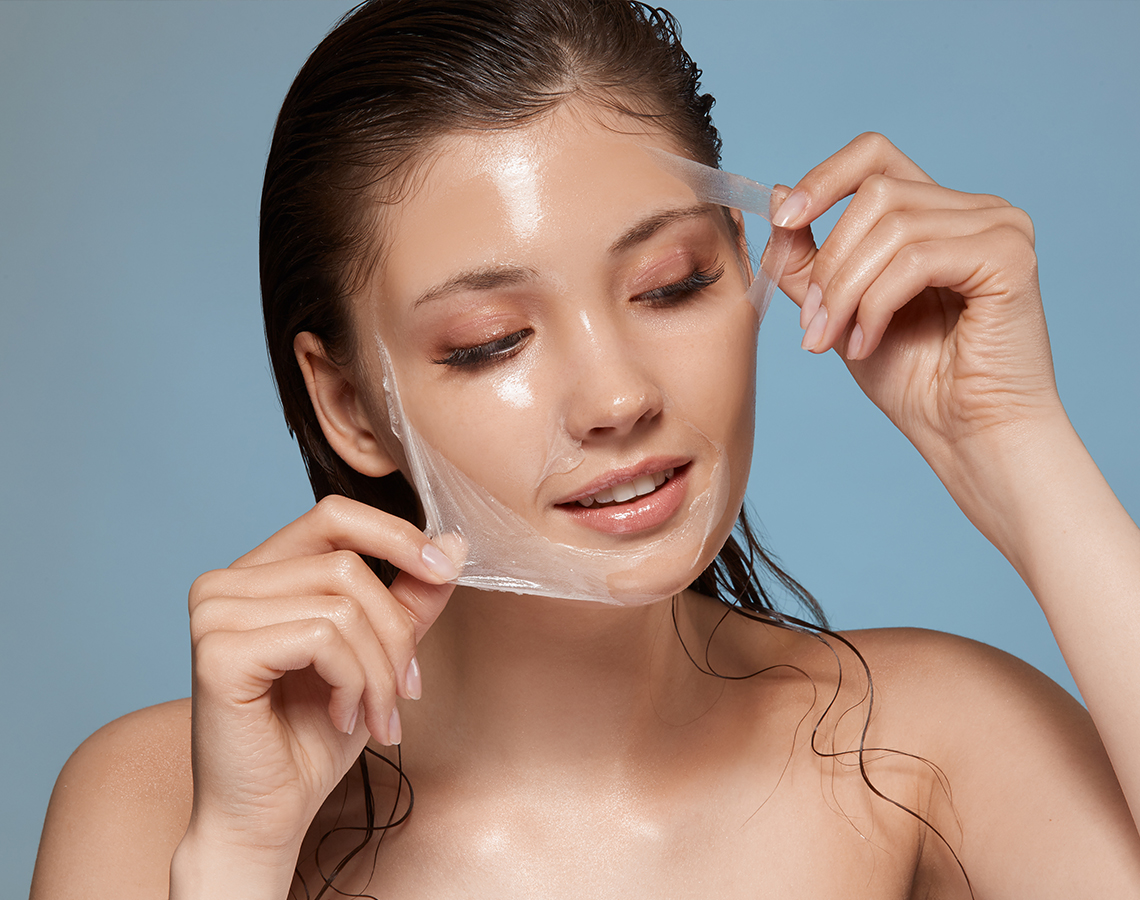
Chemical Peels: Everything You Have Ever Wanted To Know About Them
Which has distinct advantages over other skin treatments.Chemical peels injure some of your skin in a controlled manner so that regeneration starts to take place. Chemicals such as trichloroacetic, glycolic, resorcinol, and salicylic are used as peeling agents in the process.
Strengths of chemical peels
Chemical peels come in three basic strengths: mild, medium, and deep. Mild peels are suitable for all skin types, whereas medium-strength peels create deep exfoliation and contain trichloroacetic. Deep peels penetrate the deepest layer of one’s skin in a way that other peels cannot. Deep peels have the most profound effect with harsh skin imperfections such as blotchiness and acne scars.
Benefits of chemical peels
Chemical peels improve the skin's overall look and feel tremendously. It also reveals a brighter and smoother skin complexion. They have been proven to reduce fine lines and wrinkles under the eye and mouth area. Furthermore, chemical peels can reduce acne, freckles, and dark spots. The therapy is beneficial for maximizing the effects of skin products as it removes the dead skin. Once the dead skin is removed, beauty creams can get absorbed more quickly and provide faster results with minimal applications.
Drawbacks of chemical peels
One of the biggest cons of chemical peels is that they do not work with severe wrinkles. Instead of reducing pigmentation, some may even leave spots behind. These spots are more visible for people with a darker tone. But as with every skin treatment, chemical peels require the expert practitioner's presence. While it is usually a very safe procedure, some people may get infections due to sensitive skins.
Additionally, chemical peels can sometimes leave a burning sensation for some time. Deep phenol peels may leave the skin red and need at least 14 days to recover. One should avoid direct sunlight after chemical peeling.

